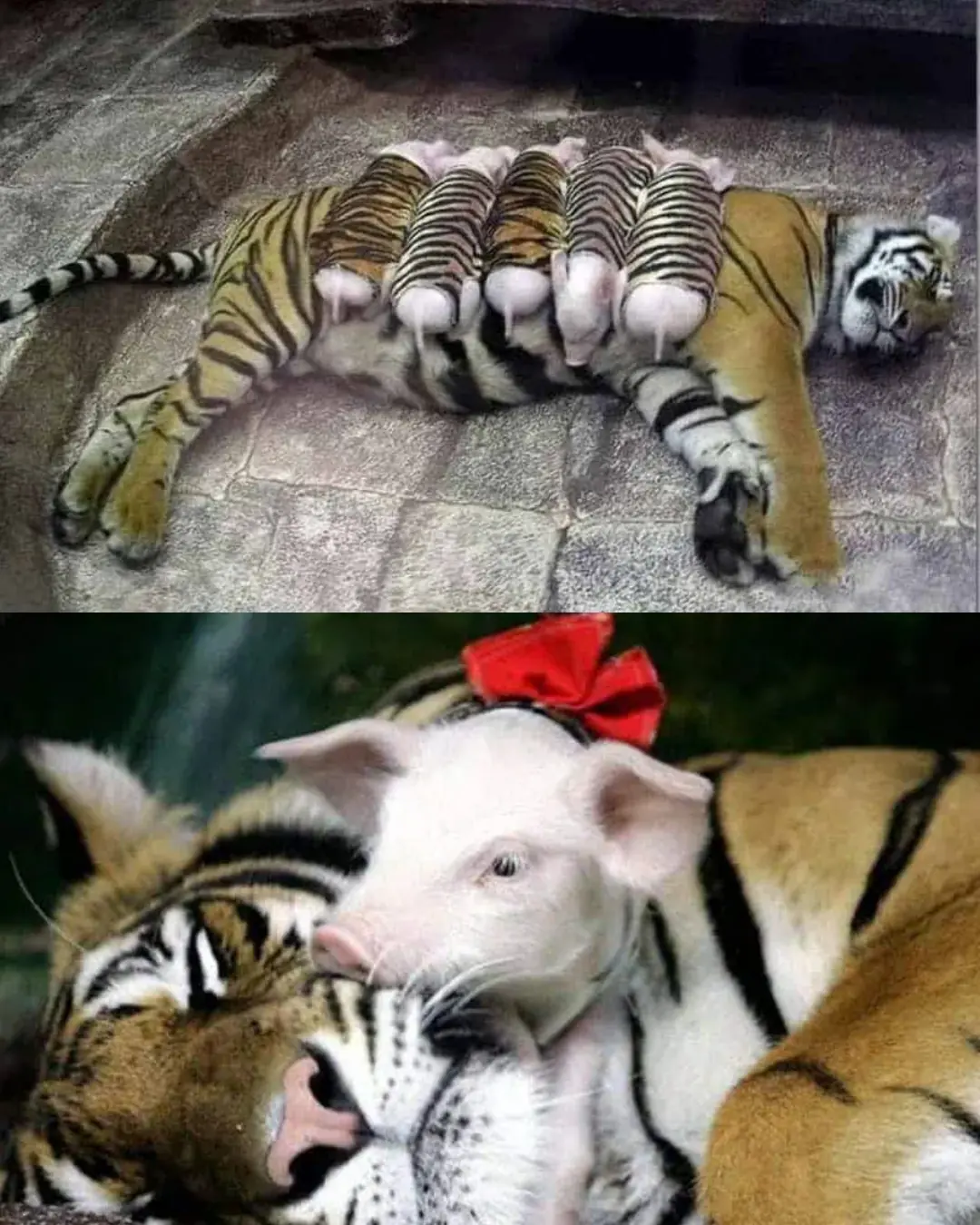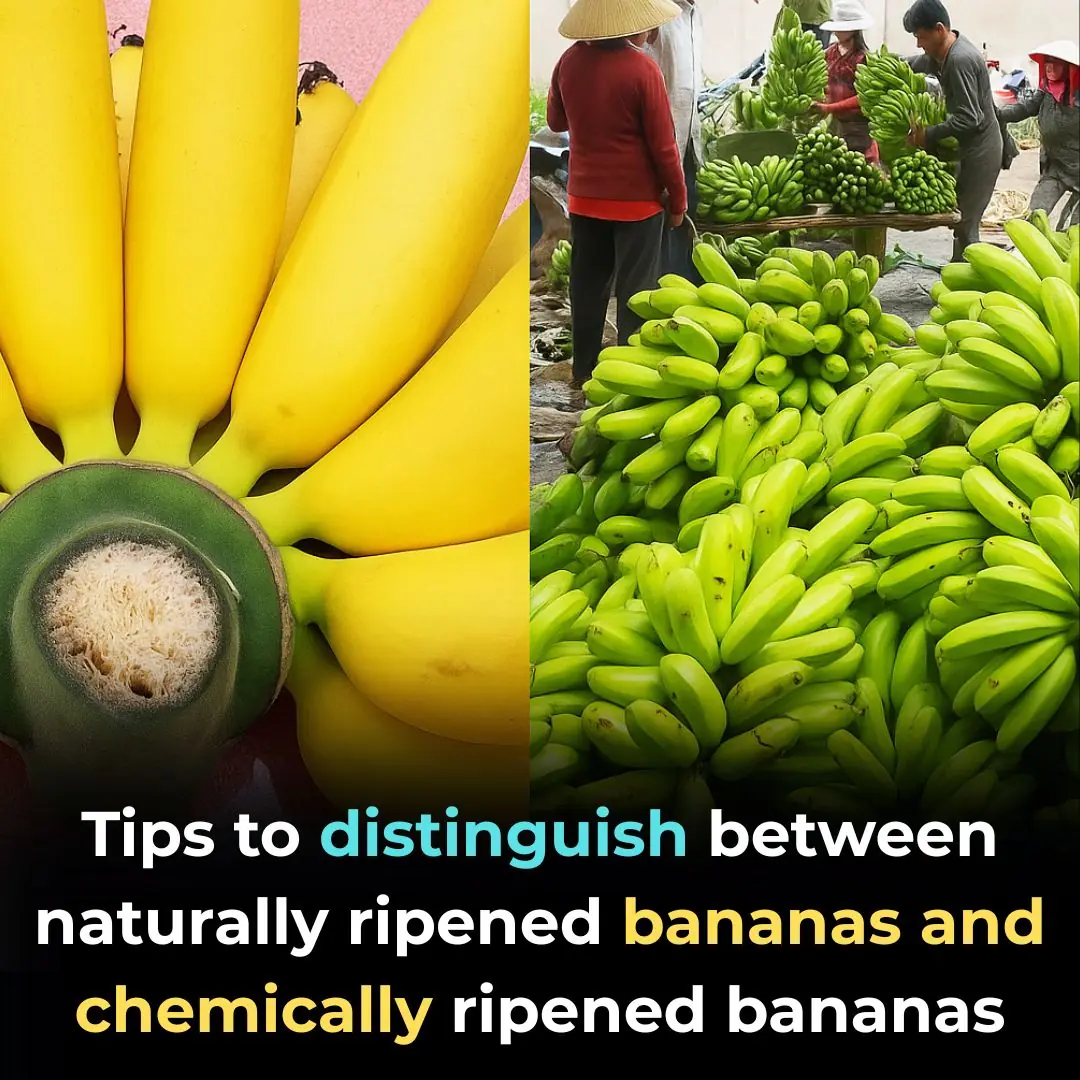
The Diver and His Shark: A Friendship Beneath the Waves
A Friendship Beneath the Waves
Off the sunlit coast of Nobbys Beach, New South Wales, where the Pacific stretches endlessly into shades of turquoise and deep sapphire, diver Rick Anderson begins each descent the same way — by strapping on his oxygen tank, biting down on his regulator, and slipping quietly beneath the surface into a world few ever truly understand.
Below the waves, the noise of the world fades away. The sea becomes a cathedral of light and motion, where beams of sun ripple through the water like strands of liquid glass. And there, amid the drifting kelp and slow-dancing currents, a familiar silhouette appears — sleek, graceful, and more than six feet long. She is a Port Jackson shark, a species often dismissed or feared, and though she has no name, Anderson recognizes her instantly by the unique pattern of stripes and swirls that mark her body like a fingerprint. Remarkably, she recognizes him too.
“I started playing with her about seven years ago when she was just a pup, about six inches long,” Anderson told The Dodo in 2017. “I approached her carefully so as not to spook her, then began to gently pat her. Once she got used to me, I would cradle her in my hand and talk soothingly to her through my regulator.”
What began as a fleeting encounter between diver and shark grew into something astonishing. Season after season, as the young shark returned to the same patch of reef, she began to seek him out. “She’d swim up to me for a pat and a cuddle,” Anderson said. “Now, when I’m diving past, she’ll tap me on the legs until I hold my arms out for her to lay on.”
Over time, what began as curiosity evolved into a profound bond — one that defies logic and the centuries-old fear humans harbor toward sharks. For more than seven years, Anderson has nurtured this unlikely friendship, each dive becoming a wordless reunion between man and sea creature, bound by mutual recognition and trust.
“Most divers seeing this for the first time can’t believe it,” he laughed. “I don’t feed her or any of the other sharks I play with — I basically treat them like I would a dog.”
His words sound lighthearted, but their meaning runs deep. Port Jackson sharks are gentle bottom-dwellers, slow-moving and harmless to humans. They have small, flat teeth designed to crush shellfish, not to bite flesh. Yet popular culture has painted all sharks with the same menacing brush — creatures of terror, lurking in the depths. Movies, headlines, and half-told stories have created an image so powerful that even a harmless fin can send swimmers scrambling for shore.
Anderson’s story challenges that myth. For him, every dive is not just an adventure, but a lesson in empathy. “The biggest misconception about sharks,” he says, “is that they are all mindless killers lying in wait for people to enter the water so they can be devoured.”
The truth, he reminds us, is painfully opposite. Humans kill around 73 million sharks each year — many for their fins, others caught accidentally or left to die as oceans warm and habitats vanish. The planet’s oldest predators are being pushed toward extinction by the only species capable of saving them.
Anderson, who has spent over three decades exploring the sea and now runs a dive school, hopes that his friendship with the Port Jackson shark will help shift perceptions. “I’ve always felt comfortable swimming with these animals,” he said. His comfort is no act of bravado — he has swum alongside banjo sharks, grey nurse sharks, tiger sharks, bull sharks, hammerheads, and even the occasional great white. Each encounter reinforces his belief that sharks are not monsters, but misunderstood marvels of evolution.
His photographs tell stories words can barely capture — a man floating in the blue, gently cradling a shark whose body rests against his chest like a trusting companion. The image turns centuries of fear on its head. It shows that connection, not conquest, is the truest language of the ocean.
To Anderson, sharks are ancient, intelligent beings — guardians of the deep whose presence keeps marine ecosystems in balance. “If people could see sharks the way I do,” he once said, “they’d understand that they are beautiful creatures — and the ocean would be a very different place.”
Years have passed since that first encounter, yet the bond endures. The same Port Jackson he met as a six-inch pup still swims those familiar waters. When Anderson descends through the green-blue light, she often appears, circling slowly until she finds him. Then, as if greeting an old friend, she taps his leg — a silent request for the comfort of a human touch.
It’s a scene that feels almost mythical: a man and a shark, bound not by dominance or fear, but by recognition. In the hushed cathedral of the sea, where words dissolve into bubbles and only heartbeats speak, two beings meet across the ancient divide between species — and understand each other completely.
And in that deep, shimmering world — far from panic, far from misunderstanding — a quiet truth emerges: friendship knows no boundaries. It can bloom even in the cold depths of the ocean, between a diver and a creature the world was taught to fear. And sometimes, in the language of touch and trust, it can remind us what it truly means to coexist.
News in the same category


Mother-in-law and husband threw Arina out of the house, and when they accidentally ran into her three years later, they couldn’t believe their eyes

— “I’m not selling my apartment! I don’t want to live with your parents,” I said firmly, watching his expression change.

— You need it, so you go buy your mother her presents yourself. That woman hasn’t said a single kind word to me, so you’ll have to manage without my help.

Why am I the one who has to feed, serve and entertain your guests?” the husband wondered, unable to grasp why his wife was so upset.

Mother‑in‑law Working Beside Me Humiliated Me in Front of the Whole Office—But She Had No Idea I’m the CEO’s Daughter

My husband called me poor in front of the guests, but he didn’t know something. ДЕТИ

— You thought I was going to sign the apartment over to you? — I smirked, looking at my suddenly quiet relatives.

My own sister betrayed me, stealing my husband, and in retaliation, I took from her the thing she valued most — her beauty.

The Janitor Had Had Enough of Her Daughter Being Bullied at School. She Came to the Parent Meeting and Gracefully Put Everyone in Their Place

My husband went along with his family’s joke about me. But after my response, my mother‑in‑law clutched her heart—and my husband turned as red as a beet.

A Father’s Love on the Open Road: Celebrating a Birthday Without Cake, But With Heart

Antonio: The Firefighter Who Paid the Price of Courage

Ten Years Later: Alice’s Stem Cell Rescue and the Fight for Better Childhood Cancer Treatment

Caspian’s Setback: A Hard Day in the Fight Against Illness

I Came Home to Find My Kids Sleeping in the Hallway — What My Husband Did to Their Bedroom Left Me Furious

Girls Visit Dad’s Grave to ‘Show’ Their New Dresses as He Asked, See 2 Boxes with Their Names – Story of the Day

My Husband and In-Laws Demanded a DNA Test for Our Son — I Said Yes, but on One Condition

Grandma Saw the Sweater She Knitted for Her Granddaughter Donated and Decided It Was Time for a Talk About Appreciation — Story of the Day
News Post

A Mother’s Heart in the Wild: The Tiger Who Chose Love Over Instinct.

Mother-in-law and husband threw Arina out of the house, and when they accidentally ran into her three years later, they couldn’t believe their eyes

— “I’m not selling my apartment! I don’t want to live with your parents,” I said firmly, watching his expression change.

— You need it, so you go buy your mother her presents yourself. That woman hasn’t said a single kind word to me, so you’ll have to manage without my help.

Why am I the one who has to feed, serve and entertain your guests?” the husband wondered, unable to grasp why his wife was so upset.

Mother‑in‑law Working Beside Me Humiliated Me in Front of the Whole Office—But She Had No Idea I’m the CEO’s Daughter

My husband called me poor in front of the guests, but he didn’t know something. ДЕТИ

— You thought I was going to sign the apartment over to you? — I smirked, looking at my suddenly quiet relatives.

My own sister betrayed me, stealing my husband, and in retaliation, I took from her the thing she valued most — her beauty.

The Janitor Had Had Enough of Her Daughter Being Bullied at School. She Came to the Parent Meeting and Gracefully Put Everyone in Their Place

My husband went along with his family’s joke about me. But after my response, my mother‑in‑law clutched her heart—and my husband turned as red as a beet.

The surprising truth about eating eggs every day

Tips for squeezing lemons: Don't be foolish enough to throw away the peel. You will save a lot of money if you know these uses.

How to make delicious beef steak at home: 5-star restaurant standard taste, eat once and miss it forever

Baba Vanga’s List Of Predictions For The Next 75 Years Revealed And They’re Seriously Terrifying

Don't throw away air conditioner wastewater: It has 4 valuable uses that many people don't know about.

9 tips to completely get rid of cockroaches from your house using natural ingredients, without using chemicals

Moldy walls and ceilings, use this water to clean, cleaner than bleach

Tips to distinguish between naturally ripened bananas and chemically ripened bananas
